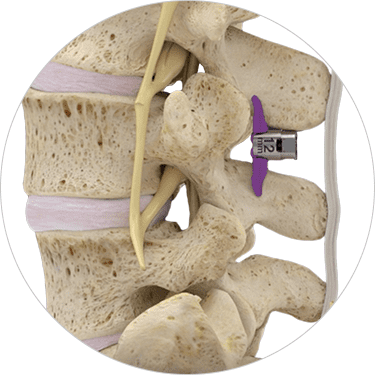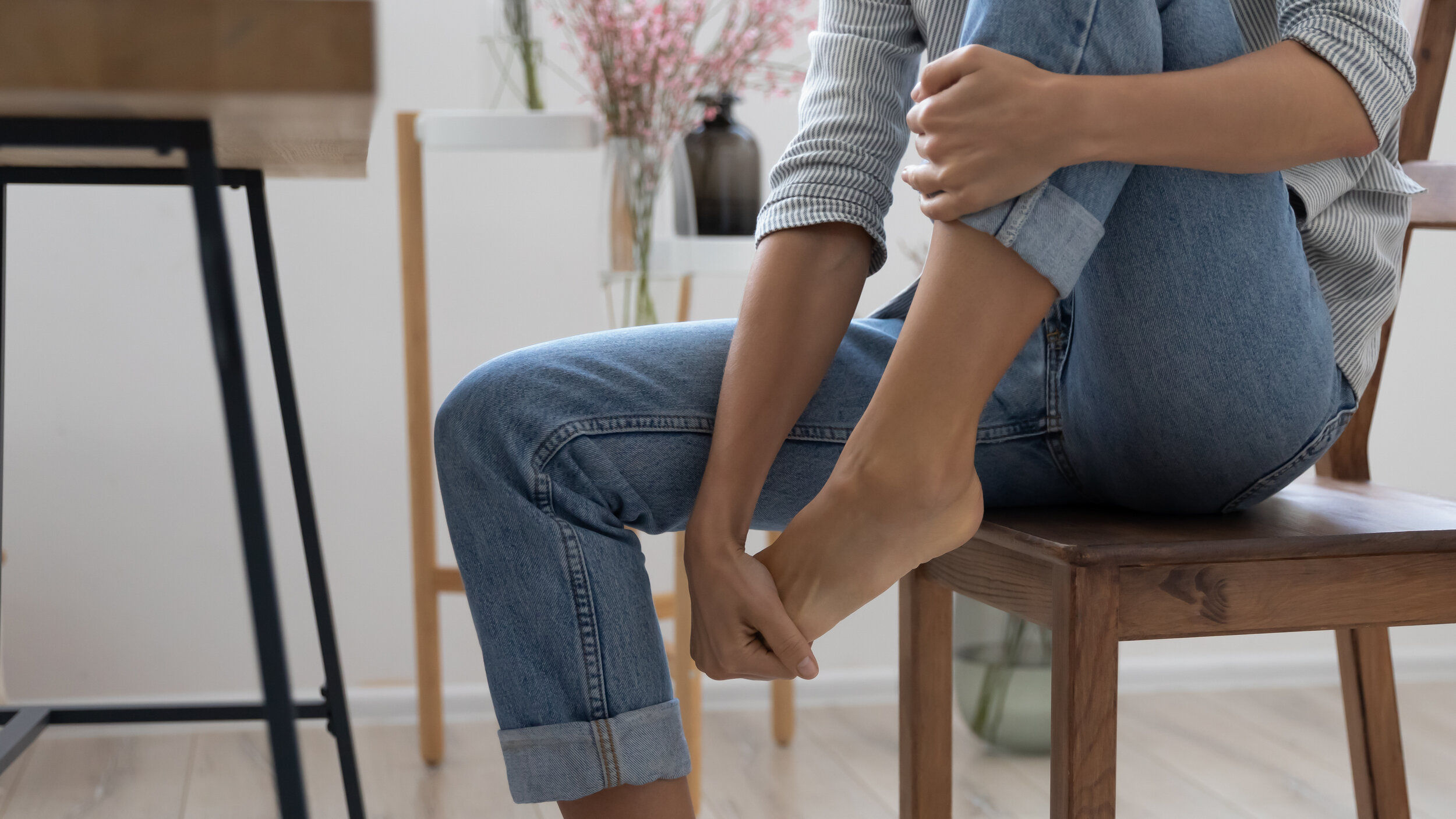Vertiflex Superion Specialist
What is Vertiflex Superion?
Vertiflex's Superion creates a space between your vertebrae where you're experiencing pain from spinal stenosis. This implantable "H-shaped" device ensures the space permanently remains open.
Although it requires Dr. Rock to make an incision, the surgery for Superion is minimally invasive, especially when compared to other surgeries for spinal stenosis, such as spinal decompression. The incision is only large enough to insert a metal tube used to position the device in between the vertebrae.
A majority of the surrounding tissue and nerves remain intact and aren’t disrupted by the surgery. The procedure allows for a speedier recovery than many other surgical options. As an outpatient procedure, you’re able to go home the same day, unless you experience complications.
Who is eligible for Vertiflex Superion?
Dr. Rock evaluates your eligibility for Vertiflex Superion by gathering information about your medical history and conducting imaging before recommending the procedure.
You may not undergo the surgery if you’re allergic to titanium or titanium alloy. If you have issues with your spinal anatomy like severe scoliosis or diseases that cause instability of the lumbar spine, Superion might not be for you.
The implant isn’t stable enough to support the weight of someone who is morbidly obese. Postponing the surgery is necessary until you seek treatment for an active systemic infection or an infection at the implant site.
What are the risks associated with Vertiflex Superion?
Any surgery carries the risk of blood loss or a reaction to the anesthetic, as well as pain and discomfort after the procedure. Additionally, bruising or inflammation around the incision, infection, and drainage is possible.
Risks associated with the Superion implant include sensitivity or allergy to the titanium in the implant, or the device failing to correct your symptoms.
It’s possible for a doctor to place the implant in the wrong position, but Dr. Rock and his team take all necessary precautions to implant it correctly. The device can slip from its original location, and there are only a few measures Dr. Rock can take to prevent this from occurring.
Schedule an appointment with Dr. Rock by calling his office or using the online scheduling tool to discover if this revolutionary procedure for spinal stenosis is right for you.
Vertiflex Superion is a new FDA approved procedure used to treat Lumbar Spinal Stenosis (LSS). Lumbar Spinal Stenosis is caused by changes in the shape and size of the spinal canal as we age. This natural degenerative process can cause anatomical changes at any time but is most common in people over 50 years and may continue to progress with age. In many ways it treats a story – that of the person who cannot stand up straight and tends to lean forward when standing or walking. We have all seen the elderly person who leans on the shopping cart for support and this simple device is the cure for numerous reasons.
You may be a candidate for this procedure if you have any of the following symptoms:
Numbness, weakness, cramping, or stiffness in the legs, or buttocks
Leg, buttock, and groin pain
Difficulty walking or standing but experience relief in the seated or flexed position
How does Vertiflex Superion treat LSS?
Superion is a novel, minimally invasive approach to treating lumbar stenosis that fills a gap in the continuum between conservative care and invasive spine surgery. Designed with patient safety and comfort in mind, Superion is implanted through a small tube the size of a dime to reduce tissue damage and blood loss. It is a simple outpatient procedure with a rapid recovery time and no destabilization of the spine.
Pre-Procedure
Post-Procedure
Indirect Decompression
The Superion implant acts as an indirect decompression device. Its anatomic design provides optimal fit and preserves a patient’s anatomy and ability to maintain motion. Superion acts as an extension blocker (like a doorstop), relieving pressure on the affected nerves in the manner that one would achieve relief in a seated or flexed position. Available in multiple sizes to accommodate varying patient anatomy, Superion ensures controlled movement and minimizes post-procedure complications. Superion was developed to provide patients with a safe and effective alternative when conservative treatment has failed and laminectomy is too aggressive.








